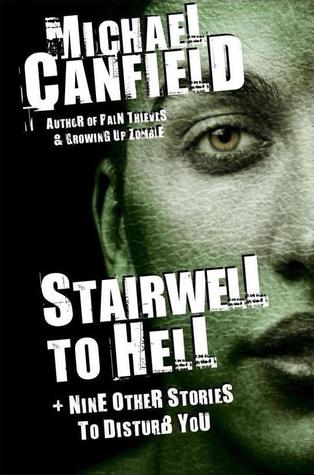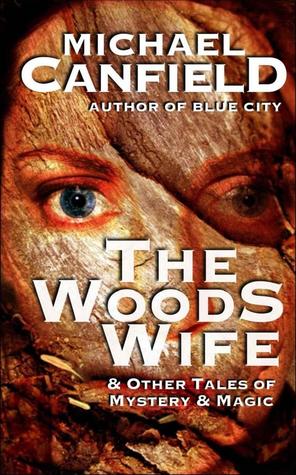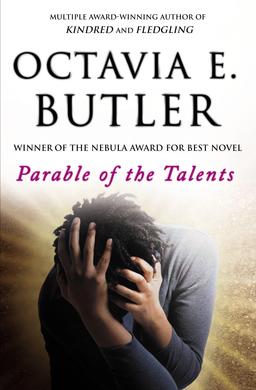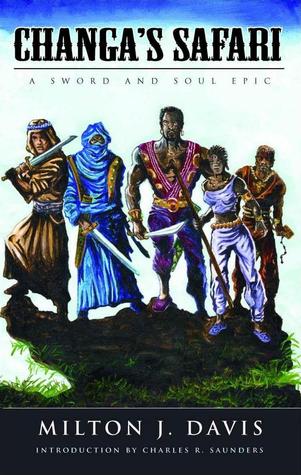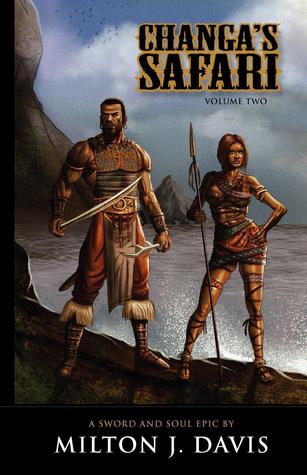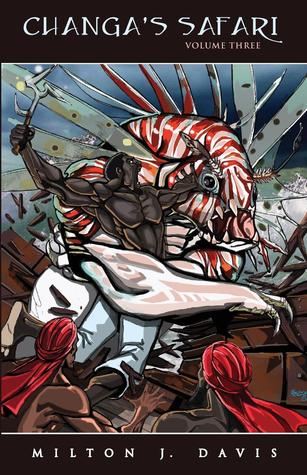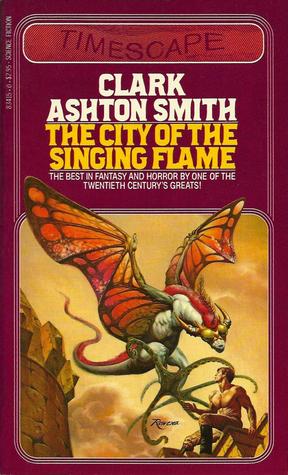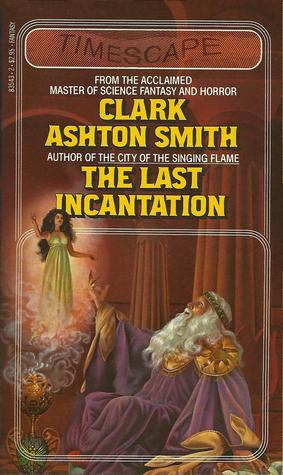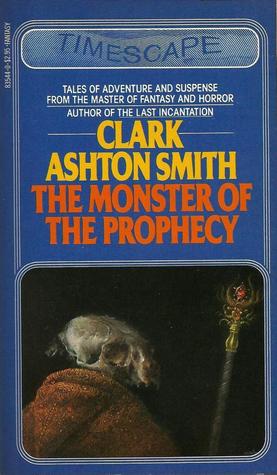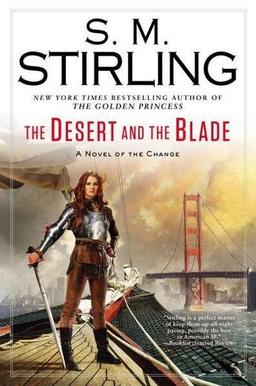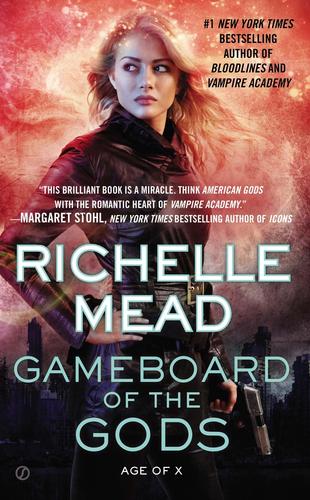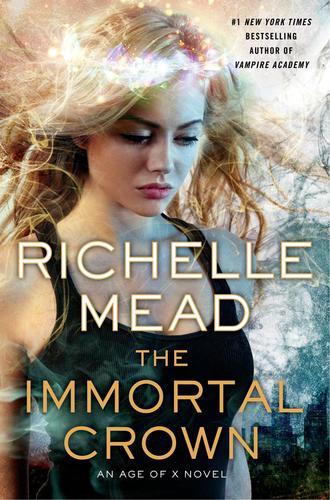 As I predicted in my last post, there’s been no shortage of discussion regarding the Hugo Award ceremony Saturday night. From the non-Puppy contingent there’s been plenty of smug satisfaction and schadenfreude, and from from the Puppies there’s been the expected complaining about intolerance from the evil left, and dark threats about next year.
As I predicted in my last post, there’s been no shortage of discussion regarding the Hugo Award ceremony Saturday night. From the non-Puppy contingent there’s been plenty of smug satisfaction and schadenfreude, and from from the Puppies there’s been the expected complaining about intolerance from the evil left, and dark threats about next year.
Sadly, I haven’t seen a lot of calls to come together now that the fireworks are (largely) over. Perhaps the most insightful comment I read (and I read a lot) came from author James Enge, who wrote:
Let me say this about the puppies — rabid, sad, or otherwise: they were right to act, to participate in something that mattered to them. Fandom was caught napping on the nominations, but not on the final voting. We should rise to the puppies’ challenge (and example) and participate in the nominations for next year’s Hugos.
If you take the time to read though the various posts and comments from both sides (and I admit I stayed up very late Saturday night and Sunday morning, doing exactly that), you’ll find pretty much what you expect. Both sides talking past each other. A lot of hurt feelings, and a sense (probably accurate) that the other side isn’t listening. No wonder both sides are talking exclusively to their own small audience — they’re the only ones listening.
Only the most hardened Puppy kickers refuse to acknowledge that the Puppies have a point about the fiction they love being shoved aside for major awards. And for the most part, the puppies have (grudgingly) admitted that they could have fielded a better slate. I suppose that’s understanding, of a sort. So there’s that. Most of the grumpy talk in the past 48 hours hasn’t really bothered me.
With one exception. There’s one class of complaints that drives me absolutely batty, because it seems to me to arise from willful ignorance, an overabundance of pride, or raw, simple stupidity. And that’s the anguished cry from some Puppy nominees who didn’t win, and who put the blame squarely on the entire industry.
…
Read More Read More
